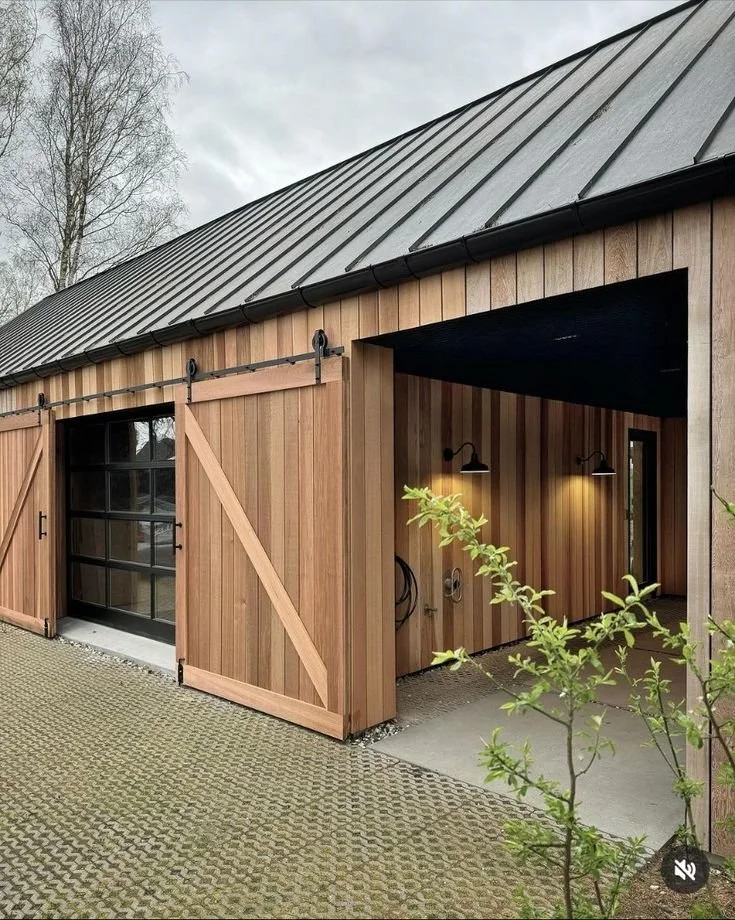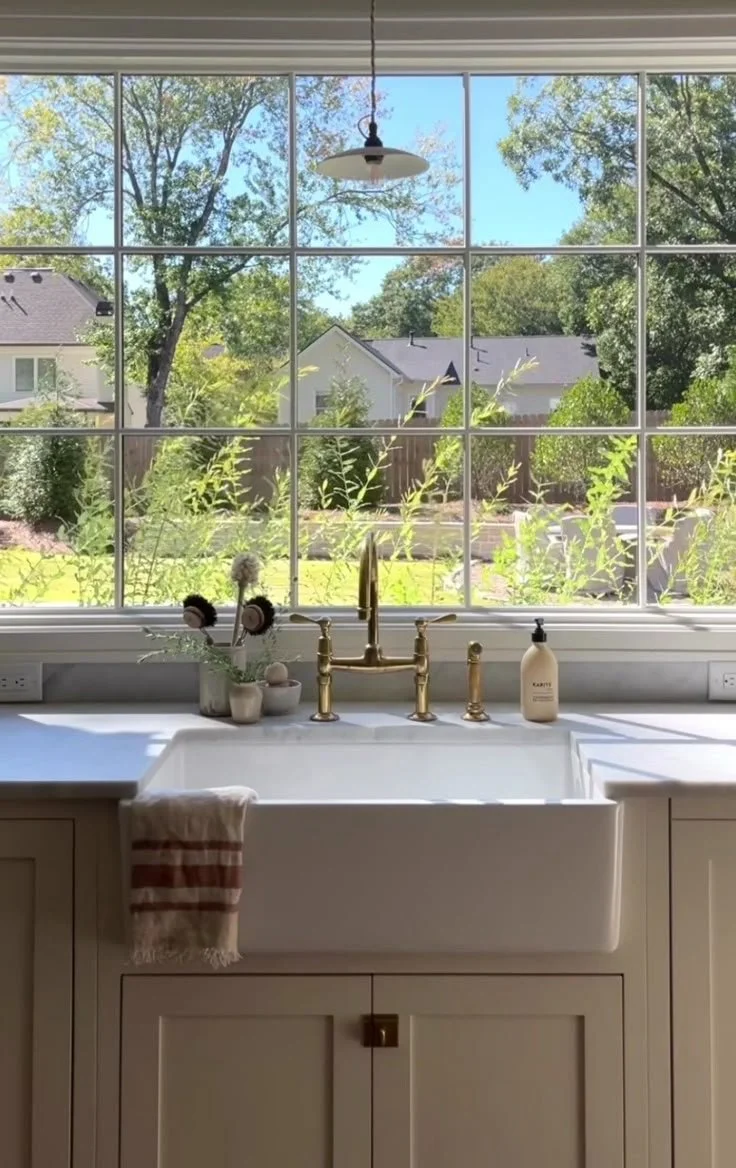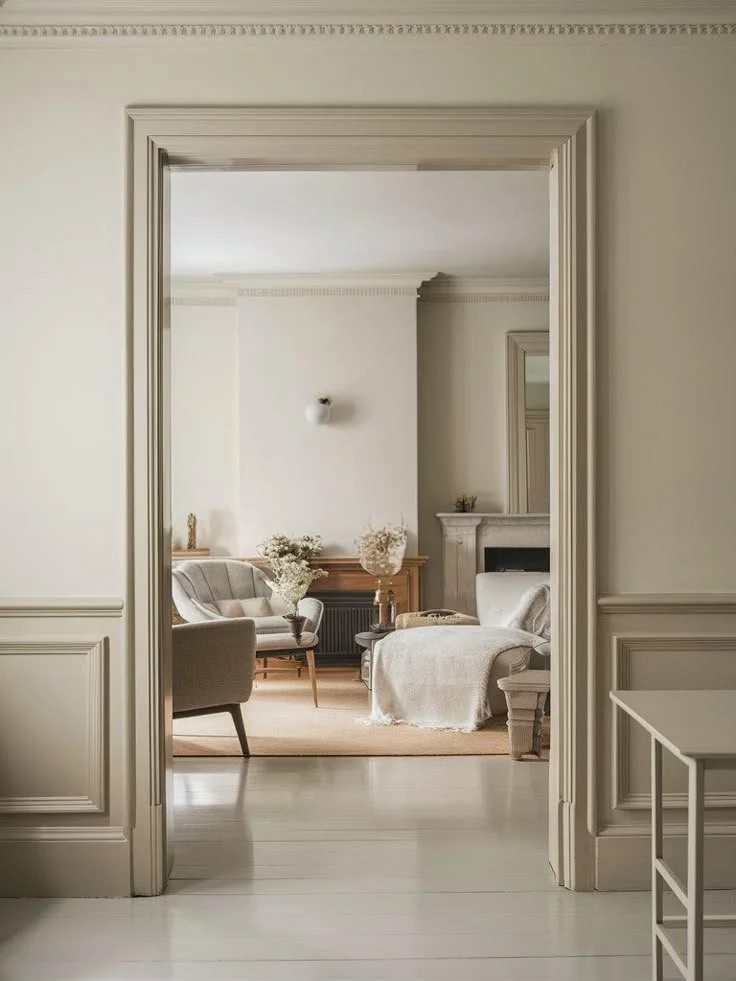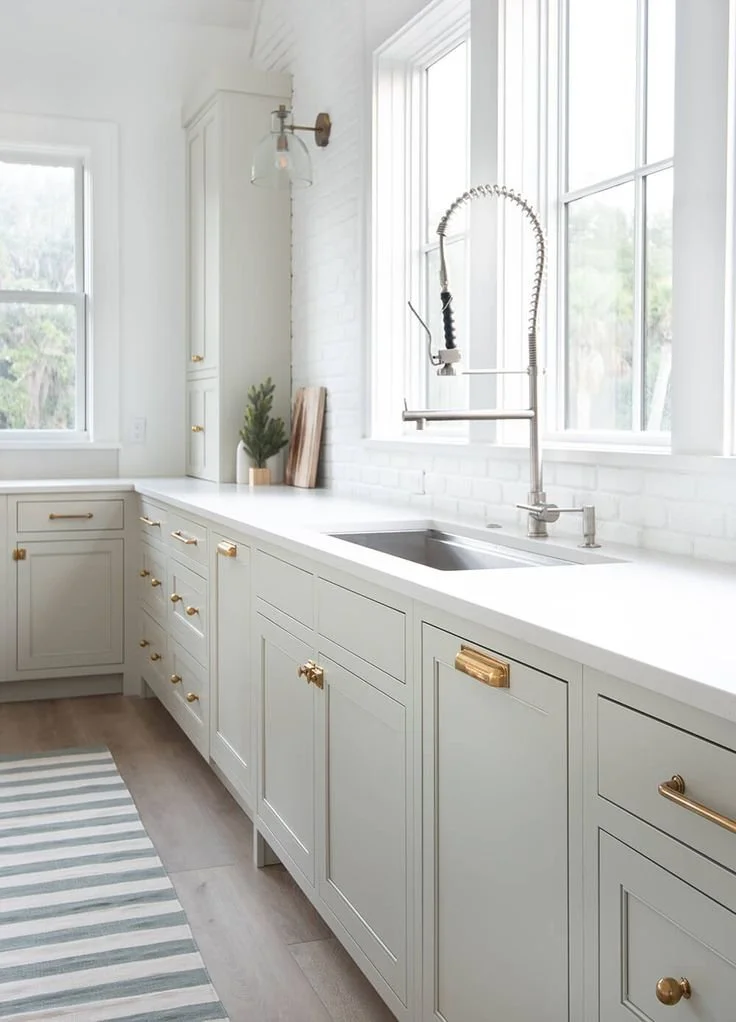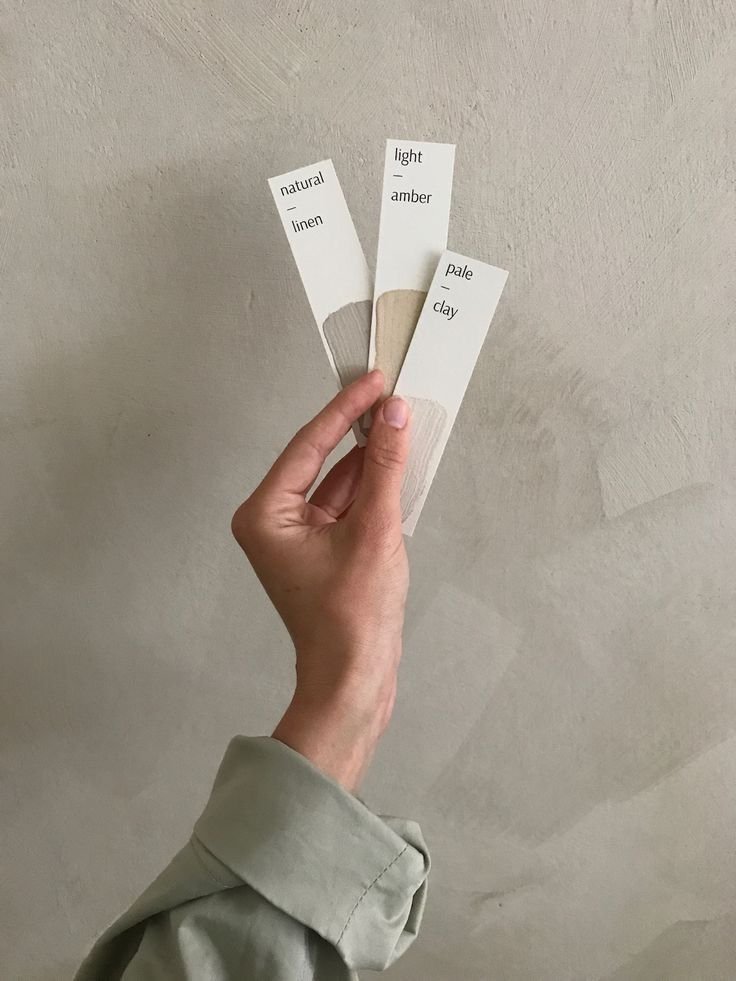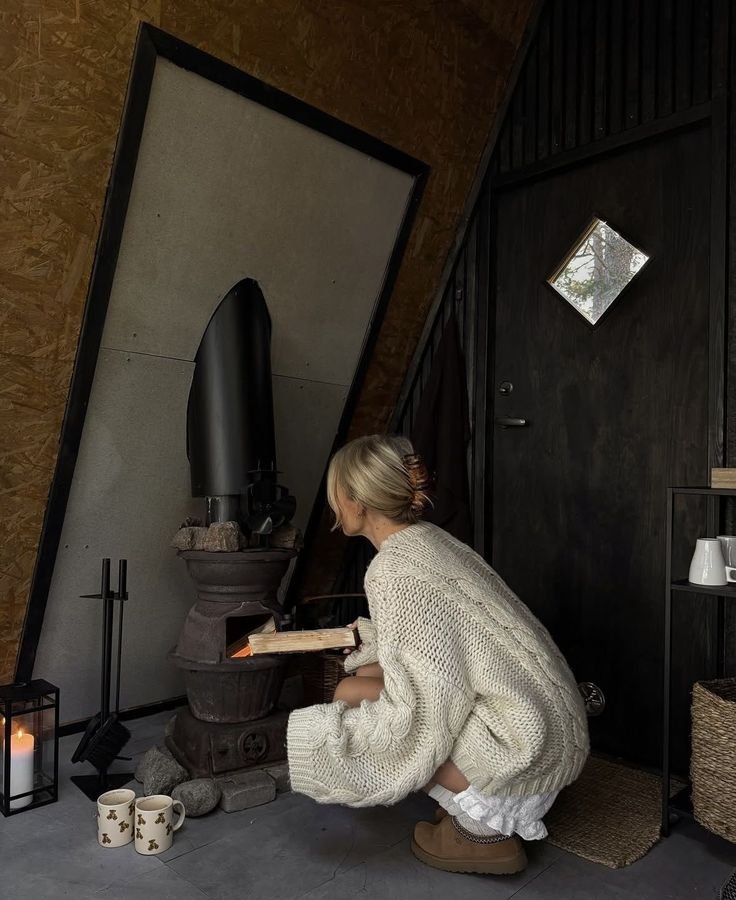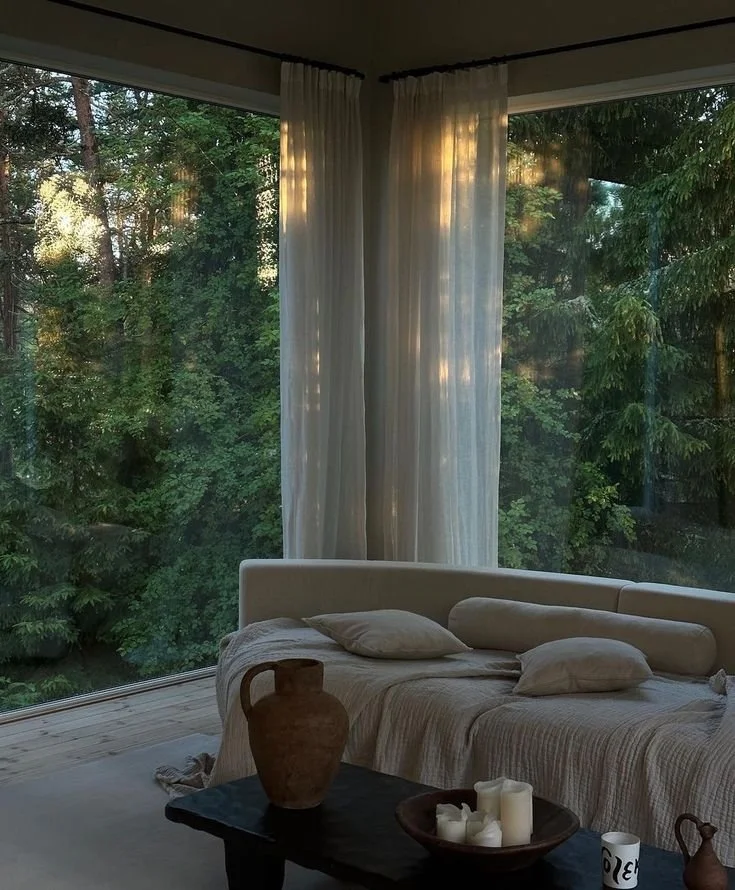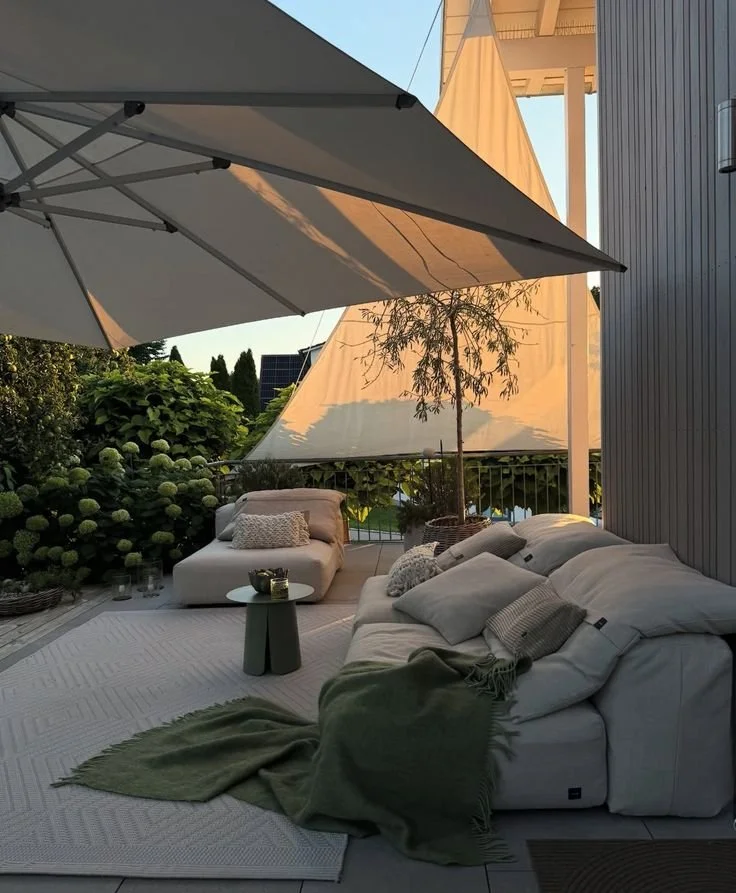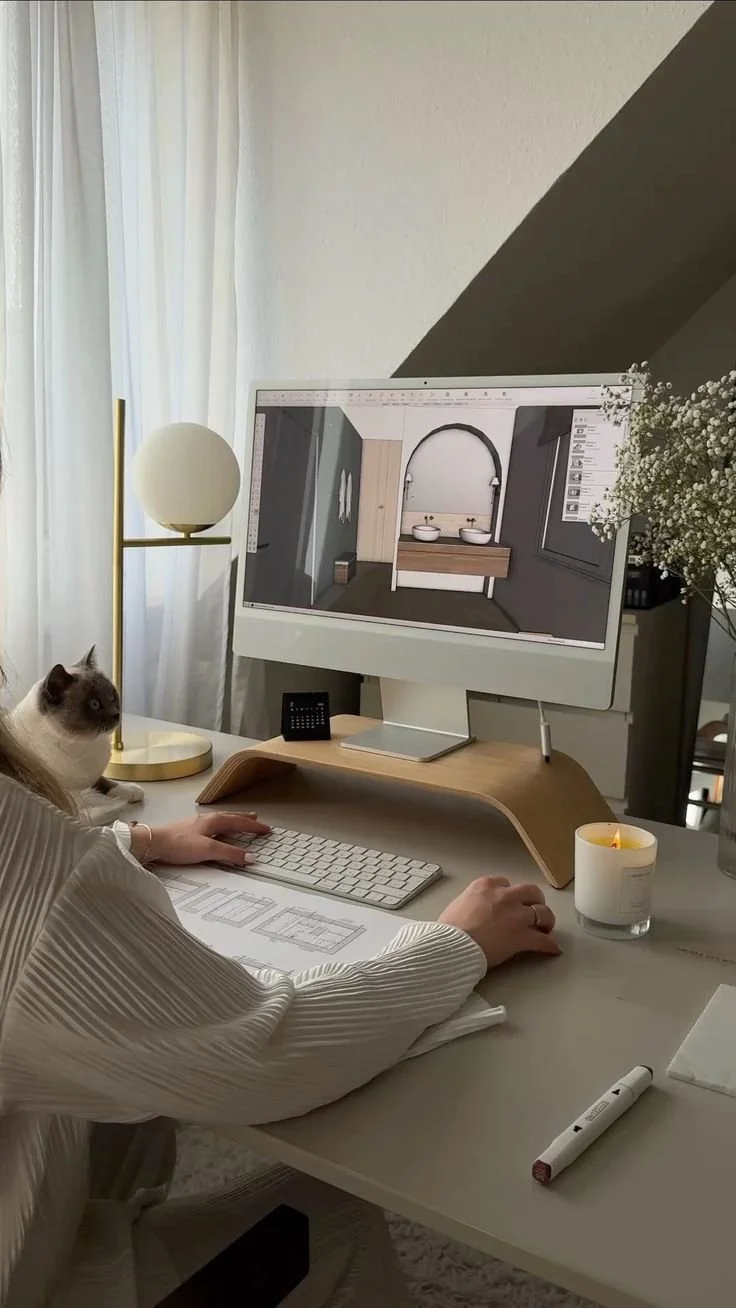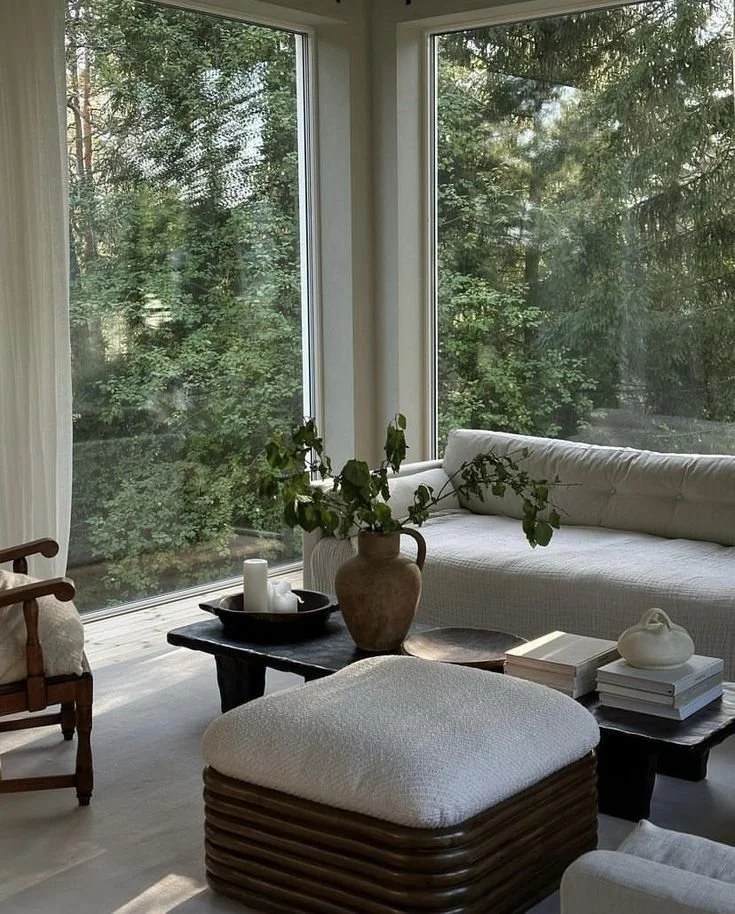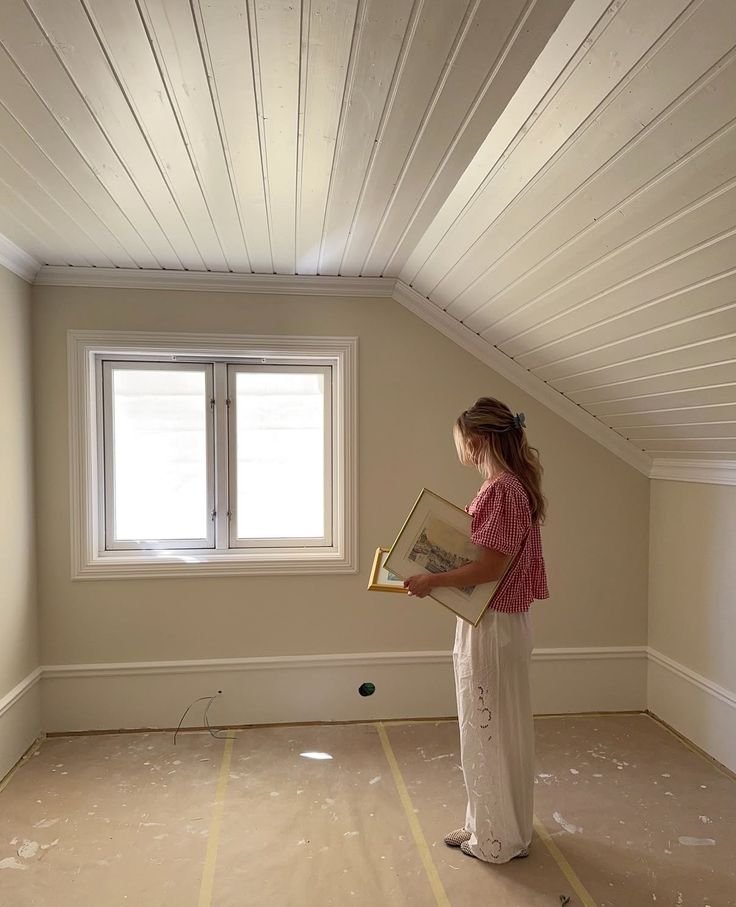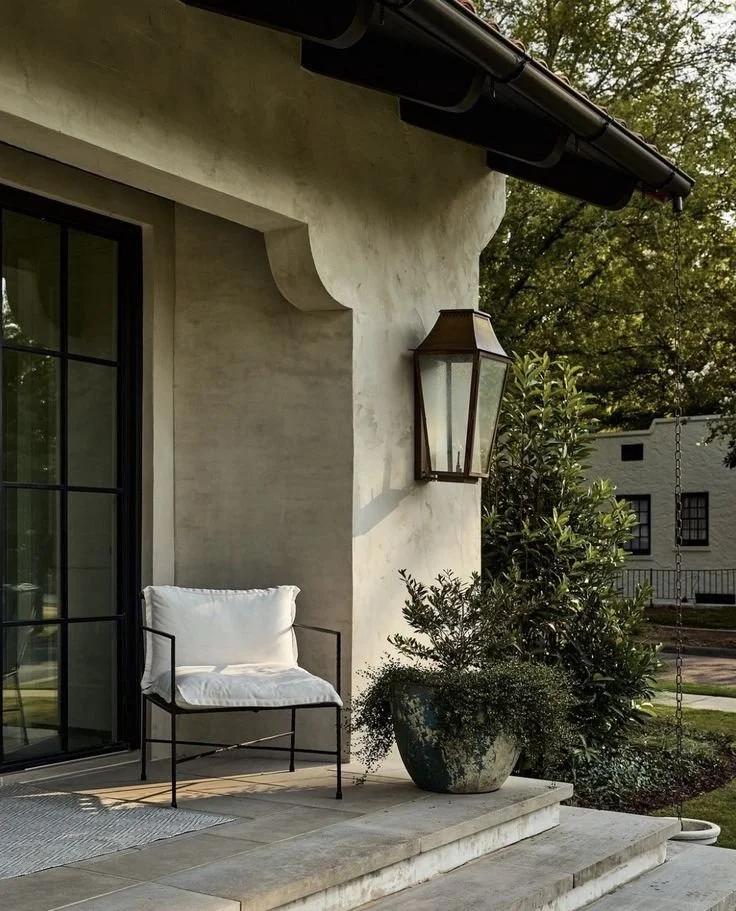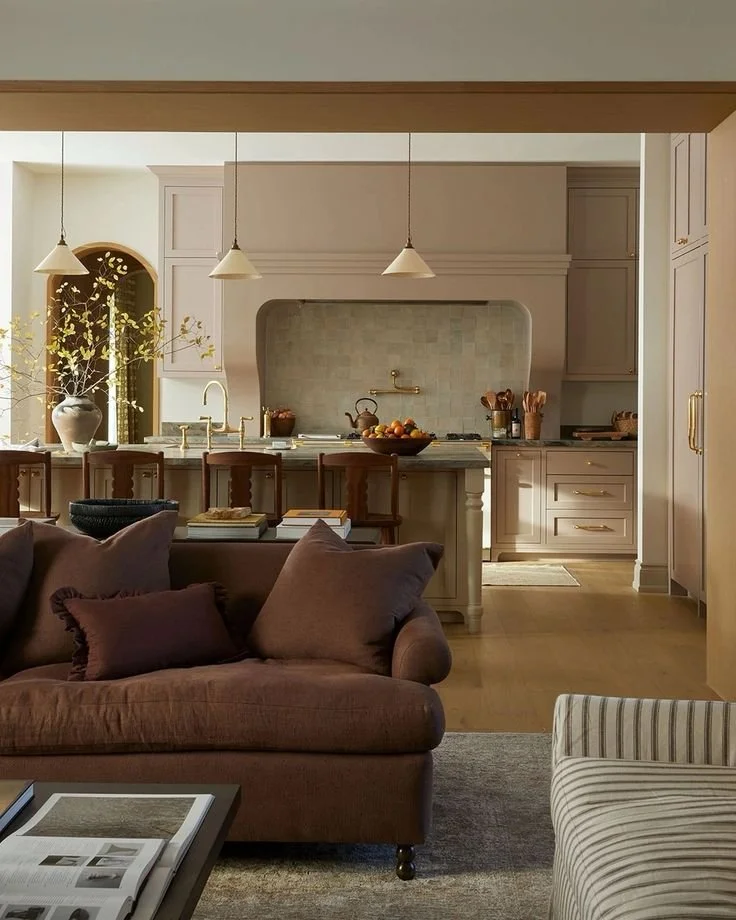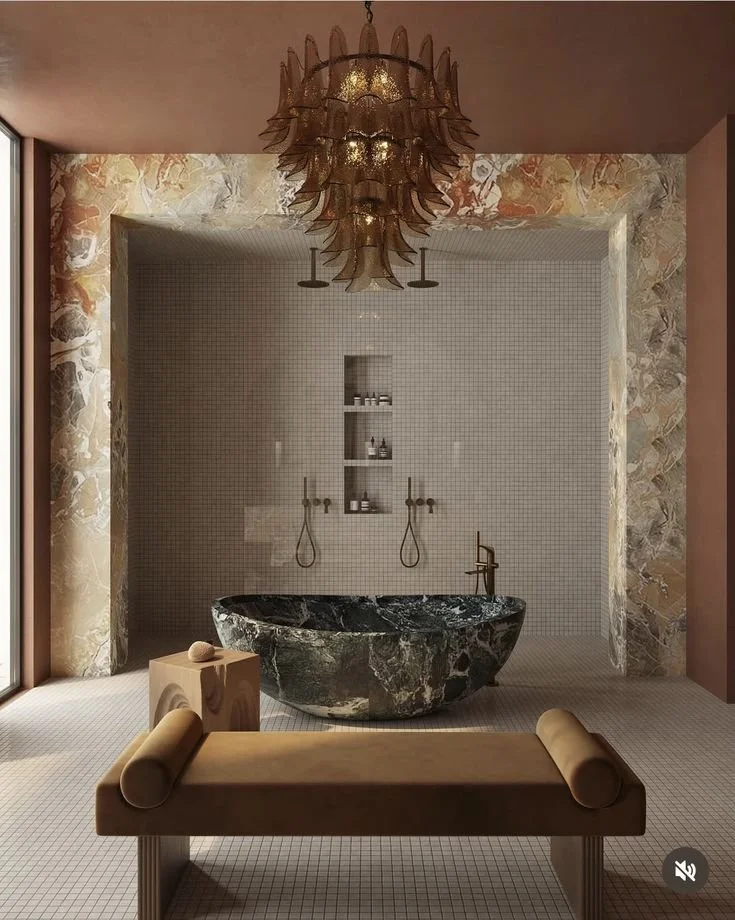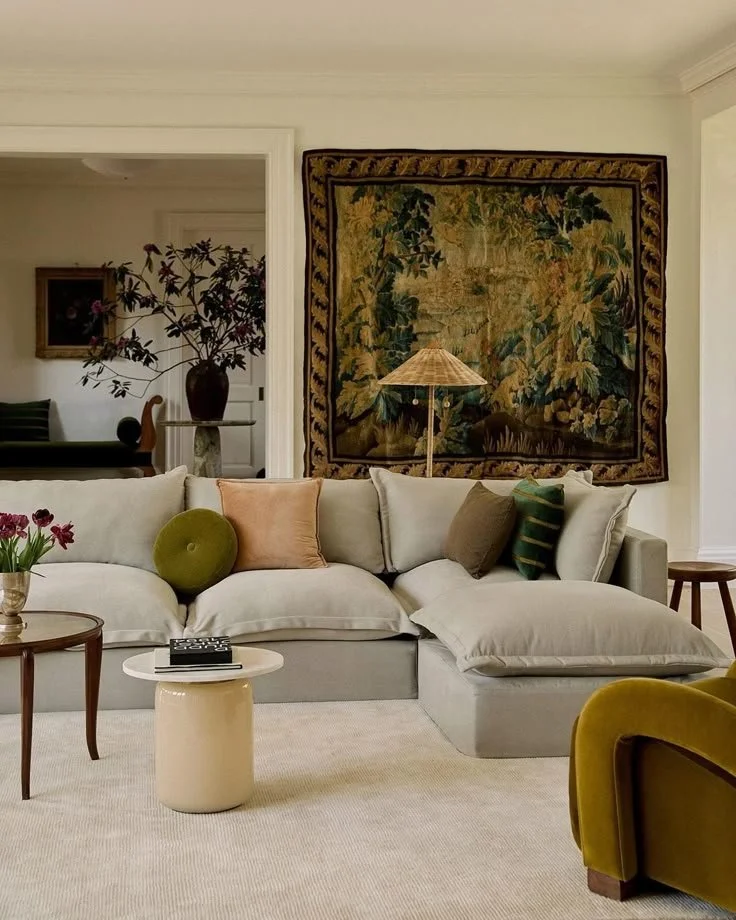Smart Home Improvements That Don't Kill Your Minimalist Vibe
Do you dream of a home that is both serenely simple and intelligently automated? For many, the idea of a smart home conjures images of blinking gadgets, tangled wires, and clunky control panels—elements that can feel like a minimalist’s worst nightmare. But what if you could enjoy the convenience of modern technology without compromising the clean lines and calm clarity of minimalist design?
In this guide, we explore how to thoughtfully integrate smart home technology in a way that enhances, rather than disrupts, your peaceful, uncluttered living space. From lighting to climate control, entertainment to security, we’ll show you how to strike the perfect balance between innovation and intentionality.
By embracing smart solutions that are subtle, functional, and aesthetically aligned, you can enjoy the best of both worlds: a home that’s as efficient as it is elegant.
No. 1
The Guiding Principle: Invisible Integration and Intentionality
Smart Tech That Serves, Not Shouts
The core philosophy behind a minimalist smart home is choosing technology that performs its function discreetly. The goal isn’t to showcase your gadgets but to let them fade into the background while simplifying your daily routines.
True interior design is about intentional living—carefully considering each element in your space and ensuring it adds value. Smart technology should be approached with this same deliberate care. Each device should earn its place by solving a real problem or enhancing your environment without visual intrusion.
Focus on Function, Not Features for Features’ Sake
In our gadget-obsessed culture, it's easy to fall into the trap of acquiring every new smart device that hits the market. The minimalist approach requires asking tough questions before bringing any new technology home:
Does this device solve a genuine problem in my daily life?
Will it reduce, rather than add to, physical or mental clutter?
Can it be integrated in a way that preserves my aesthetic?
Benefits of this disciplined approach include:
Reduced visual noise in your living spaces
Cost savings from avoiding unnecessary tech
Maintenance of a calm, controlled environment that supports well-being
No. 2
Smart Solutions That Whisper “Minimalism”
Illuminating Simplicity: Smart Lighting
Perhaps no smart home category aligns better with minimalist principles than lighting. When thoughtfully implemented, smart lighting solutions can dramatically enhance your space while remaining virtually invisible.
Examples include:
Standard-looking smart bulbs in your existing, simple fixtures
Recessed smart lighting that disappears into ceilings or under cabinets
Smart switches and dimmers with sleek, unassuming designs (e.g., Lutron Caseta, Philips Hue Wall Switch Module)
Voice or app control that eliminates the need for multiple physical switches and dimmers
The beauty of smart lighting lies in its ability to create dramatic changes in ambiance without adding any visible technology. A room can transform from bright and energizing to soft and relaxing through invisible automation rather than multiple visible light fixtures.
No. 3
Climate Control That Blends In
Climate control represents another opportunity to enhance comfort while maintaining minimalist aesthetics.
Examples include:
Minimalist smart thermostats like the Nest Thermostat E or Ecobee, with clean, simple interfaces
Integration with existing HVAC systems without requiring bulky additional hardware
Concealed smart vents or temperature sensors that work behind the scenes
The benefit is clear: maintain perfect comfort through all seasons without the eyesore of complicated controls or the mental burden of constant manual adjustments.
Breo Box
Discover new tech gadgets to recharge your lifestyle with Breo Box--a quarterly box full of vetted, useful tech & gadgets you’ll use every day.
No. 4
The Unseen Entertainers & Helpers
Entertainment systems have traditionally been among the worst offenders when it comes to visual clutter—but that’s changing rapidly with new minimalist-friendly options.
Examples include:
In-wall or in-ceiling speakers for whole-home audio without visible components
Frame TVs that display artwork when not in use, blending into your decor
Short-throw projectors paired with retractable screens for on-demand viewing
Robotic vacuums that automatically clean and return to discreet docking stations
Smart window treatments with hidden motors and no dangling cords
These solutions deliver entertainment and convenience while eliminating the visual clutter associated with traditional equipment. The technology serves your lifestyle without demanding visual attention. For instance, many homeowners exploring home audio in Jefferson City (or elsewhere) tend to appreciate how modern, built-in systems offer high-quality sound while remaining completely unobtrusive.
No. 5
Security with Subtlety
Home security has traditionally meant obvious cameras and clunky control panels. Today’s smart security can protect your home while honoring your minimalist aesthetic.
Examples include:
Discreet smart locks with sleek keypads or completely keyless designs
Small, unobtrusive security cameras in neutral colors that blend into shelves or corners
Recessed door/window sensors that are virtually invisible when installed
Doorbell cameras designed with clean lines and minimal visual impact
These solutions provide peace of mind without making your home feel like a surveillance facility. The technology remains in the background, ready when needed but not demanding constant attention.
No. 6
Making It Work: Planning and Implementation Tips
Plan Ahead for Seamlessness
The most successful minimalist smart homes don’t happen by accident; they result from careful planning.
If renovating or building new, incorporate smart home wiring and placement from the start
Consider hub-based systems that can control multiple device types, reducing the need for many different apps and controllers
Map out the “technology journey” through your home to ensure devices work together logically
Pre-planning eliminates the need for visible retrofits and ensures technology truly integrates rather than being tacked on as an afterthought.
Prioritize Wireless and Voice Control
Nothing contradicts minimalist principles faster than visible wires and multiple control panels.
To maintain clean lines:
Choose wireless devices wherever possible to eliminate cable clutter
Leverage voice assistants (Alexa, Google Assistant, Siri) for hands-free control
Implement motion sensors for automatic triggering of lights and other functions
Use smartphone control to eliminate the need for physical remotes and controls
These approaches maintain the open, uncluttered feel essential to minimalist design while still providing complete control over your environment.
Choose Aesthetics Wisely
Many smart home manufacturers now recognize the importance of design alongside function.
Tips for aesthetic integration:
Look for devices available in different finishes to match your existing decor
Select brands that prioritize clean, simple lines and neutral colors
Consider devices that can be painted or customized to blend with walls or furnishings
When devices must be visible, choose those that could pass as intentional design elements
In minimalist interior design, every visible element should add aesthetic value—your technology choices should meet this standard, too.
Declutter Digitally
Physical minimalism should extend to the digital realm.
Digital decluttering tips:
Organize smart home apps into a single folder on your device
Create simple, logical automations rather than complicated conditional scenarios
Regularly evaluate and delete unused apps or routines
Consider a dedicated tablet as a home controller, hidden in a drawer when not in use
Digital clutter can be just as distracting as physical clutter—maintaining simplicity in both realms enhances the minimalist experience.
Takeaways
Smart home technology and minimalist aesthetics are not mutually exclusive. In fact, when approached with care and intention, they can complement each other beautifully. The key lies in selecting discreet, functional solutions that simplify your life without disrupting your space.
By focusing on invisible integration, subtle design, and genuine utility, you can create a home that is both serene and smart. A truly minimalist smart home doesn’t announce its intelligence through flashing lights or bulky devices. Instead, it quietly anticipates your needs, responds to your preferences, and fades into the background—allowing the space, light, and carefully chosen elements of your minimalist haven to take center stage.
In the end, the smartest home is one that enhances your peace of mind, supports your lifestyle, and remains elegantly unseen.
Looking for Home resources?
Looking to enhance your living space and create a sanctuary that supports your well-being? Explore our home partners who offer a wide range of resources to elevate your home environment.




